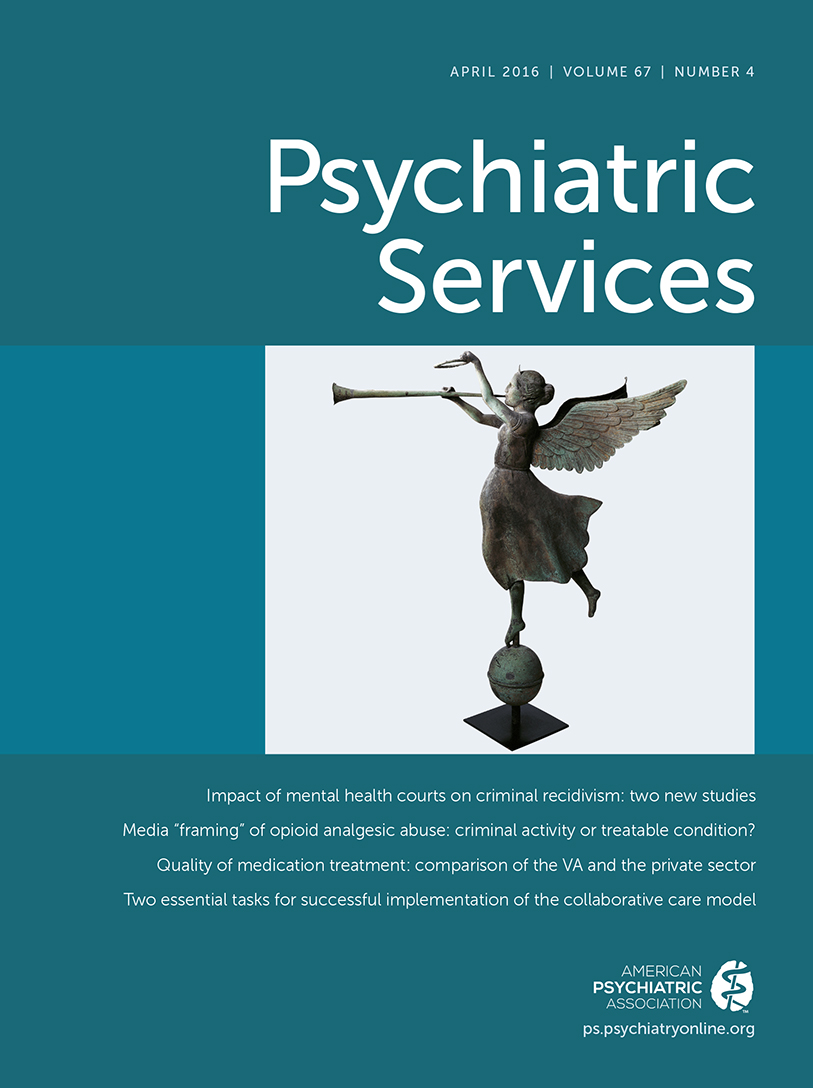Barriers and Facilitators Related to Work Success for Veterans in Supported Employment: A Nationwide Provider Survey
Abstract
Objective:
Veterans with mental illness are at serious risk of poor work outcomes and career stagnation. Supported employment (SE) is an evidence-based model of vocational services that assists persons with mental illness to obtain competitive employment. The purpose of this study was to gain a rich understanding of barriers and facilitators related to competitive work success from the perspective of a nationwide sample of U.S. Department of Veterans Affairs (VA) SE staff, supervisors, and managers.
Methods:
This study utilized a mixed-methods approach in which 114 VA SE personnel completed an online questionnaire consisting of a survey of work barriers and facilitators; open-ended questions elicited additional factors affecting work success. Descriptive statistics characterized factors affecting work success, and an emergent, open-coding approach identified qualitative themes describing other key elements influencing employment.
Results:
The most prominent work facilitators were perceived veteran motivation, job match, the assistance of SE services, and veteran self-confidence. The highest rated barriers were psychological stress and a range of health-related problems. Qualitative findings revealed additional areas affecting work success, notably, the availability of resources, the capacity of frontline staff to form strong relationships with veterans and employers, the ability of staff to adapt and meet the multifaceted demands of the SE job, and the need for additional staff and supervisor training. The impact of employer stigma was also emphasized.
Conclusions:
An array of elements influencing work success at the level of the veteran, staff, SE program, and employer was recognized, suggesting several implications for VA services.



